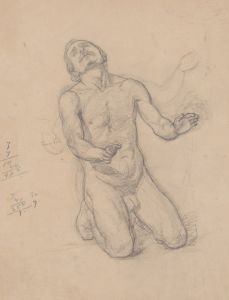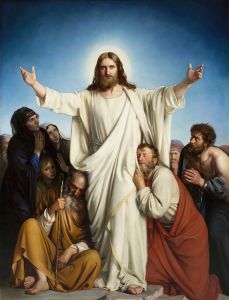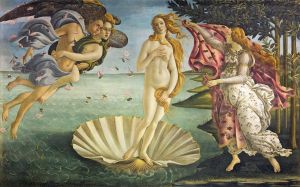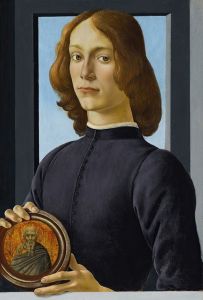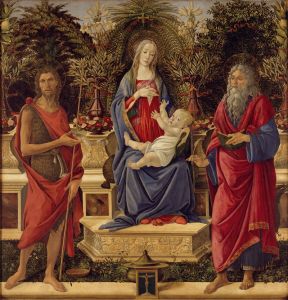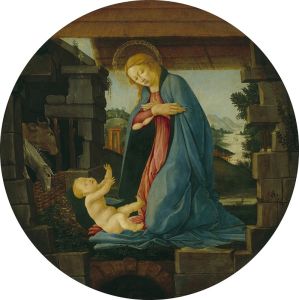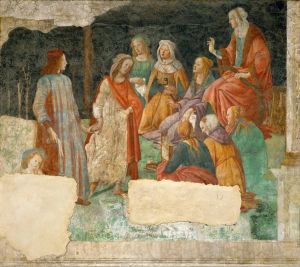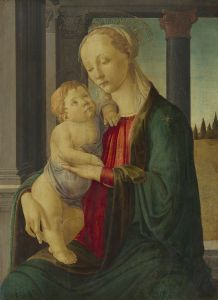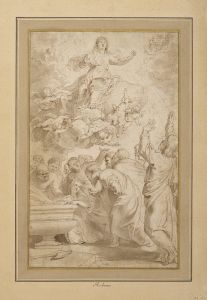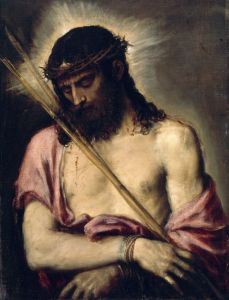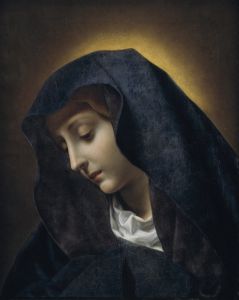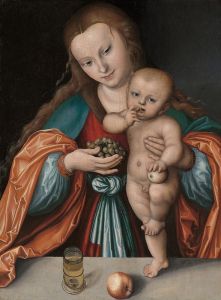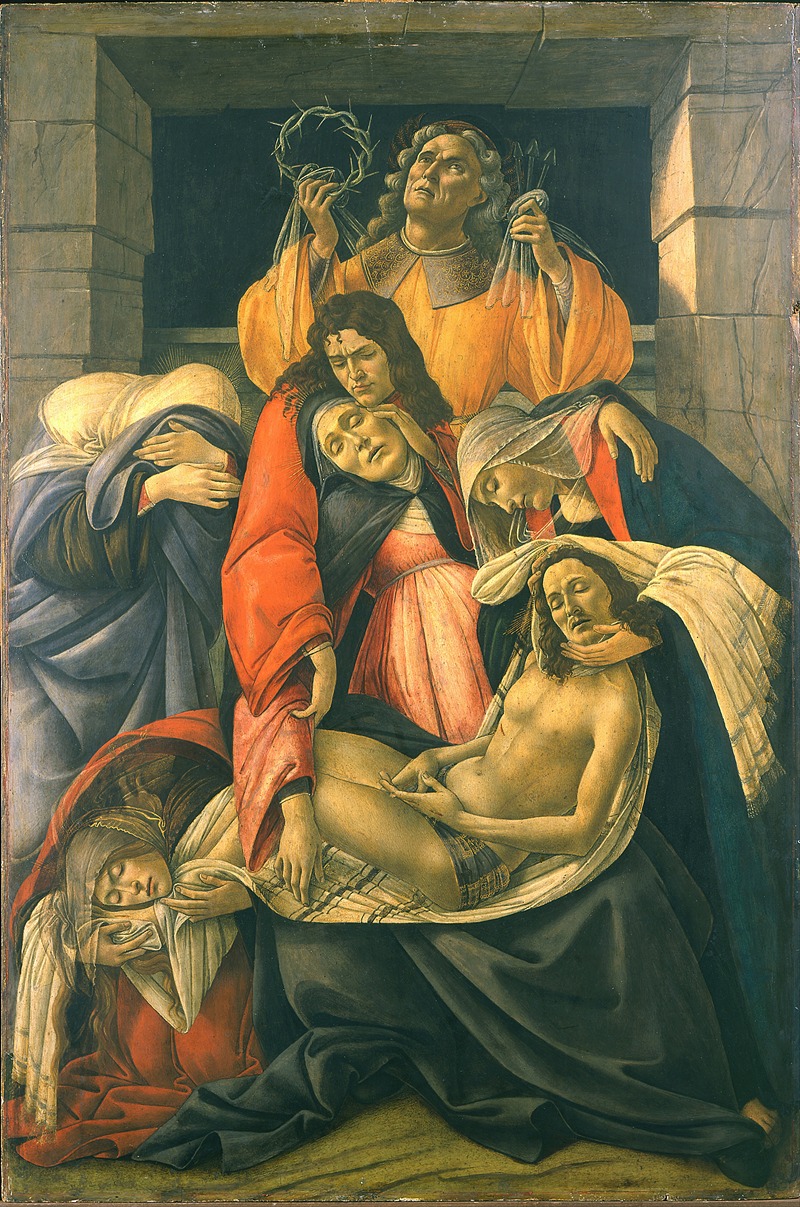
The Lamentation over the Dead Christ
A hand-painted replica of Sandro Botticelli’s masterpiece The Lamentation over the Dead Christ, meticulously crafted by professional artists to capture the true essence of the original. Each piece is created with museum-quality canvas and rare mineral pigments, carefully painted by experienced artists with delicate brushstrokes and rich, layered colors to perfectly recreate the texture of the original artwork. Unlike machine-printed reproductions, this hand-painted version brings the painting to life, infused with the artist’s emotions and skill in every stroke. Whether for personal collection or home decoration, it instantly elevates the artistic atmosphere of any space.
Sandro Botticelli, an eminent Italian painter of the Early Renaissance, is renowned for his contributions to the art world, particularly through his religious and mythological works. One of his notable religious paintings is "The Lamentation over the Dead Christ," which exemplifies his mastery in conveying deep emotion and intricate detail.
"The Lamentation over the Dead Christ" is a poignant depiction of the aftermath of Christ's crucifixion, a theme that has been explored by numerous artists throughout history. Botticelli's interpretation is marked by its emotional intensity and the delicate interplay of figures surrounding the lifeless body of Christ. The painting captures the moment of mourning, with the Virgin Mary, Mary Magdalene, and other figures gathered around Christ, expressing their grief and sorrow.
Botticelli's use of composition and color in this work is particularly noteworthy. The figures are arranged in a harmonious yet dynamic composition, drawing the viewer's eye towards the central figure of Christ. The artist employs a muted color palette, which enhances the somber mood of the scene. The expressions and gestures of the figures are rendered with great sensitivity, showcasing Botticelli's ability to convey human emotion and spiritual depth.
The painting reflects Botticelli's engagement with the religious themes of his time, as well as his skill in integrating elements of classical beauty and realism. His attention to detail is evident in the delicate rendering of the figures' drapery and the subtle play of light and shadow, which add to the overall impact of the composition.
While Botticelli is often celebrated for his mythological works, such as "The Birth of Venus" and "Primavera," his religious paintings, including "The Lamentation over the Dead Christ," demonstrate his versatility and depth as an artist. These works reveal his ability to infuse traditional religious subjects with a sense of human emotion and divine grace.
The exact date of creation for "The Lamentation over the Dead Christ" is not definitively known, but it is generally placed within the late 15th century, a period when Botticelli was actively producing some of his most significant works. This painting, like many of Botticelli's religious pieces, reflects the influence of the spiritual and cultural context of Florence during the Renaissance, a time when art was deeply intertwined with religious expression and humanist ideals.
Botticelli's "The Lamentation over the Dead Christ" remains an important work for its artistic merit and its contribution to the rich tapestry of Renaissance art. It continues to be studied and admired for its emotional depth, technical skill, and the unique perspective it offers on a timeless religious theme. Through this painting, Botticelli not only captures a moment of profound sorrow but also invites viewers to reflect on the themes of sacrifice, redemption, and the human experience of grief.





